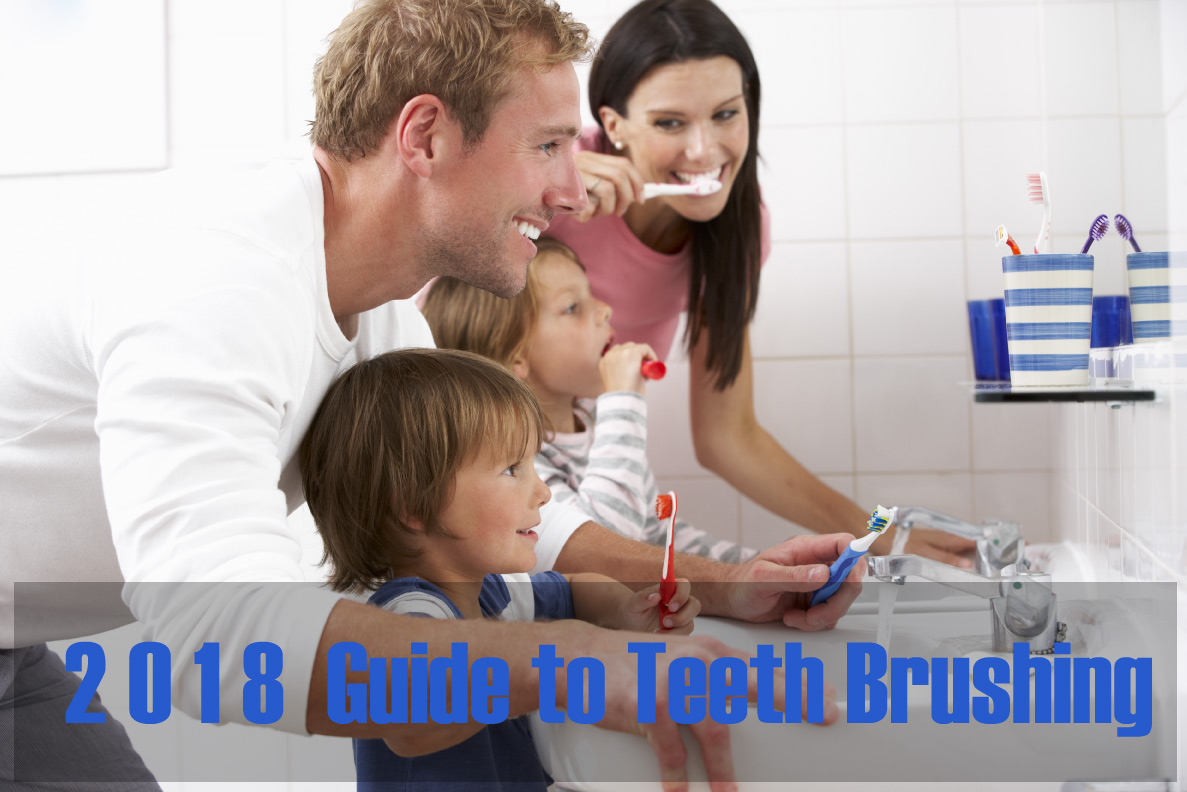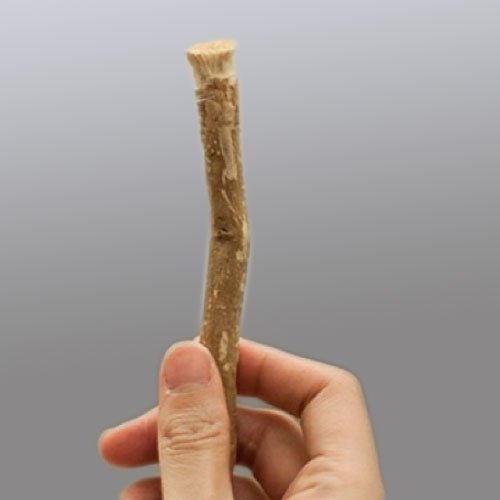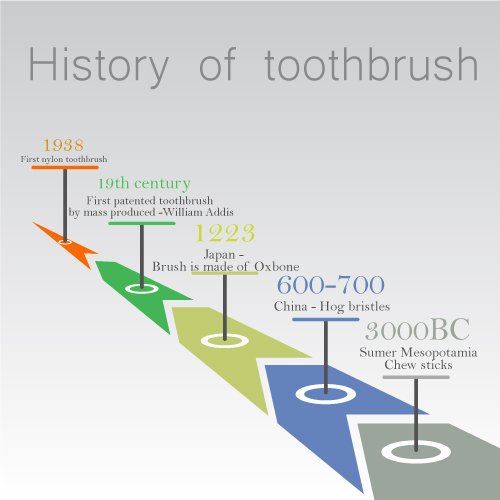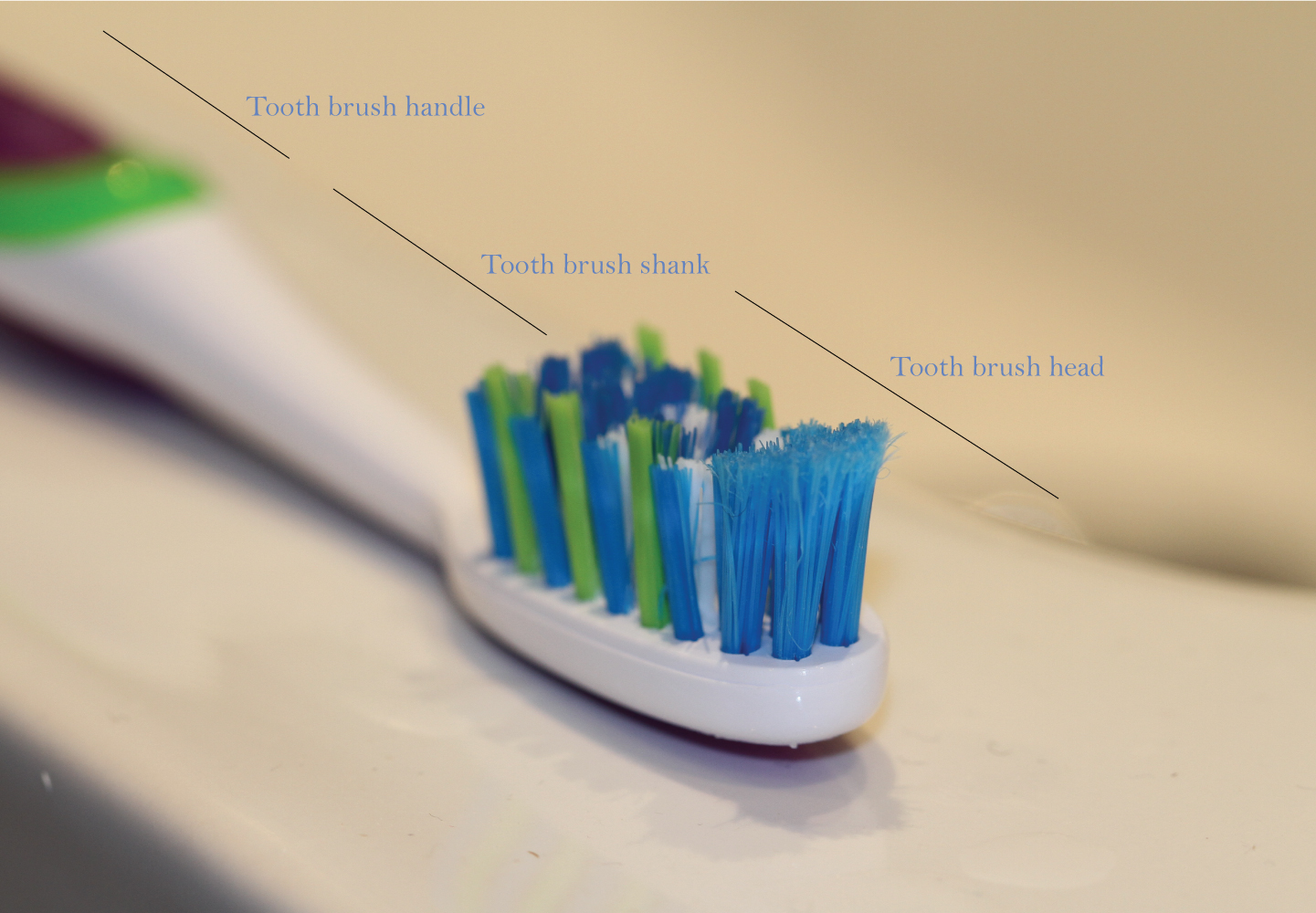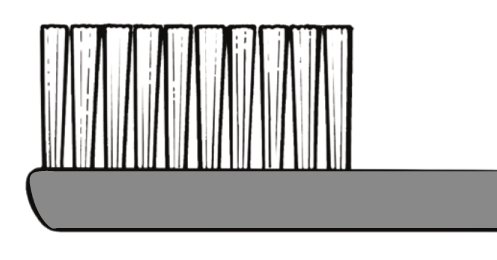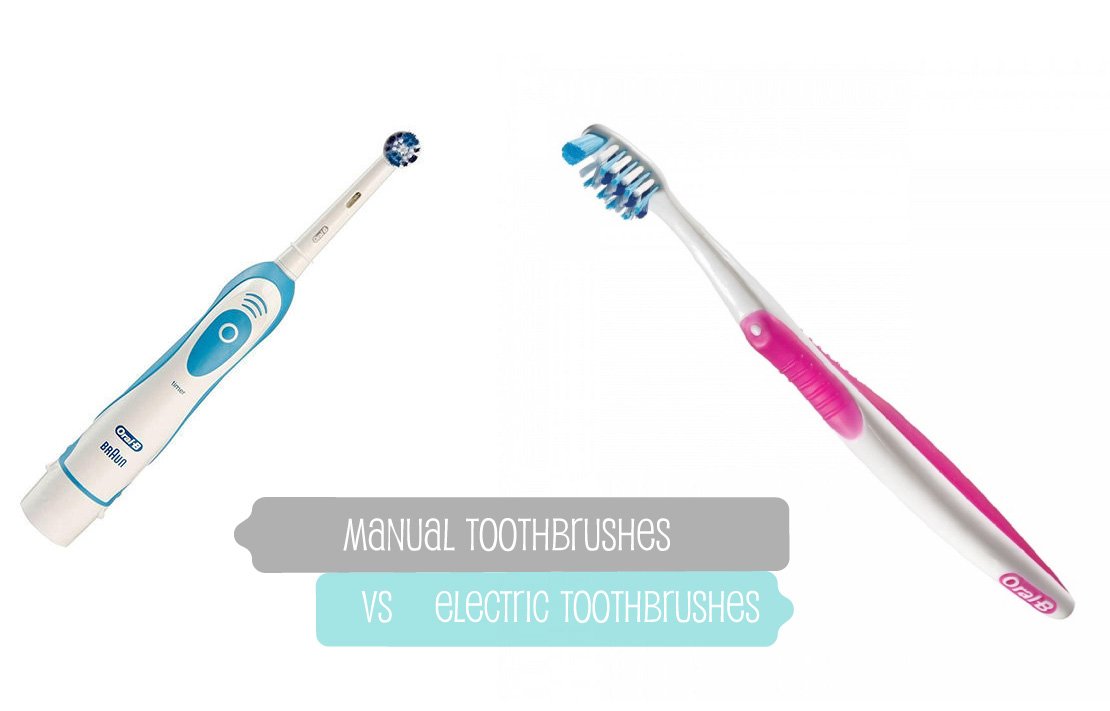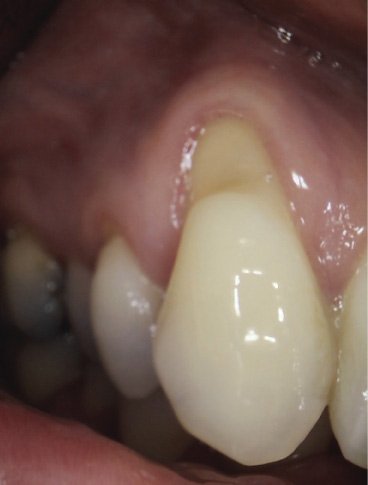2018 complete guide to teeth brushing
Brushing our teeth is the best way to keep them safe and away from any complications. But then you have to wonder, how much time should you spend brushing per session? which toothbrush to buy? should you use electrical toothbrush at all?
As you can imagine, some people feel its OK to brush for 10-15 seconds, while other people spend multiple minutes brushing their teeth during each brushing session. In this 2018 complete guide to tooth brushing, you will find out the evolution of the toothbrush, tooth brush design, brushing and timing and many interesting things. Let’s find out!
The history of toothbrushes
Although we use a toothbrush on a daily basis, the reality is that toothbrushes were invented quite recently in human history. But even before that, people did have a huge variety of oral hygiene measures. One of the most common points was the use of chew sticks, which were very helpful for eliminating the bacteria and keeping the teeth safe. The first chew sticks are dated 3500 BC, and they were found in Sumer Mesopotamia.
However, the modern toothbrush originated in China. It was a bristle toothbrush, designed at some point during the Tang Dynasty, between 619 and 907. At that time, they used bristles from hogs, and they were very harsh, so they weren’t the right option at first. But the toothbrushes did have a bone or bamboo handle, to keep the bristles in place and make brushing a lot easier.
A few centuries after that, more specifically in 1223, a Japanese Zen master named Dogen Kigen recorded the presence of a unique type of toothbrush. That toothbrush was used by Chinese monks, and it had an oxbone handle. The brush was mostly horsetail, and it was attached to the oxbone handle. Soon after that, the bristle toothbrush was adopted in Europe, to the point where a lot of European residents started using one.
The first mass-produced toothbrush was created by William Addis in 1780. Addis was jailed 10 years before this achievement, and during his imprisonment, he found that adding in bristles to a bone would make his oral hygiene a whole lot better. And while that type of toothbrush was used for quite some time, the first patent for a toothbrush was granted to HN Wadsworth in 1857.
Despite that, mass production didn’t start until 1885. That design had a bone handle with a few holes put into it as well as Siberian boar hair bristles. But people soon realized that animal bristle wasn’t the best option, as it retained bacteria, among other problems.
During the 1900s, bone handles got replaced by celluloid. In addition, the animal bristles were replaced by synthetic fibers too. DuPont opted for nylon instead of animal bristles, and this is the type of material we use nowadays as well. The next level for toothbrushes came in 1954, when the first electric toothbrush came to the market.
And while we did improve on these technologies quite a lot, we still use mostly the same toothbrush design that we had in the 1930s. Most of the innovation right now is in the electrical toothbrush sector, although traditional toothbrushes are also customized and modified to be suitable for sensitive teeth and other similar situations.
Even if toothbrushes were a novelty at first, people soon realized that they needed to take care of their teeth. And that’s what made toothbrushes so popular especially after the middle ages. Thankfully, toothbrushes are the number one invention that people can’t live without now, and humanity fares a lot better thanks to them. While we do take toothbrushes for granted, they are one of those things that make our lives better, as we would have a poor dental hygiene without them!
How to choose a toothbrush?
Toothbrushes come in a variety of shapes and sizes. Some of them have angled heads, others come with oscillating tufts and so on. There are even multiple colors to choose from. So, when it comes to choosing your next toothbrush you do have tons of options. But which one is the best for you? Here are some ideas to take into consideration.
Choosing the right toothbrush
Toothbrushes have 3 main parts: Head, shank and handle. Please refer to the picture below to identify the three parts:
Ideally, you want a toothbrush that has a small head. While a large toothbrush head seems better at first, you do need to keep in mind that you put the toothbrush in your mouth. Smaller heads will be able to access all your teeth a lot faster and easier.
In addition, we recommend you to have a toothbrush that has a long handle. Ideally, you want that handle to be wide as well, just to make sure that there are no problems to deal with. When it comes to bristles, you want them to be soft and with rounded ends. Since your gums are very sensitive, the last thing you need is any gum damage. So, a toothbrush with soft and round-ended bristles is the best option!
Studying the angle of your toothbrush is also very important. Tilted toothbrushes are preferred by some people because they make it easy to access certain areas. You should consider getting the toothbrush that feels good for you and which actively delivers the results you would expect. Plastic bristles are also better than rubber bristles as well. Plastic or nylon works a lot better because it removes any bacteria and impurities stuck between your teeth. Rubber bristles will cause friction when they touch your teeth, and you run into problems like uneven brushing. Plus, you can leave a lot of bacteria in there, which can lead to lots of problems in the long run!
What about special features? It all comes down to what you need. Some toothbrushes are recyclable and created from organic materials. Others include a tongue cleaner. And then you also have electronic toothbrushes, which offer a better cleaning, but which can also hurt your gums if you apply too much pressure. And yes, you also have to take the overall costs into account as well. A good toothbrush shouldn’t be very expensive, especially if you need to change it often!
When do you need to change your toothbrush?
You will notice that after a few months your toothbrush will end up getting damaged from your daily use. So, what you want to do is to study the efficiency of your toothbrush. If you see that the toothbrush doesn’t offer the same performance as it used to, maybe it’s time to get a new one.
Also, you have to take into account things like bacteria accumulation. Even if your toothbrush looks great right now, it may be full of bacteria. That’s why you should always try to take your time and identify the right options. Ideally, you want to change your toothbrush once each 3-4 months!
It’s not that hard to find the right toothbrush. It all comes down to writing all the features you want and then identifying the model that suits your needs. If you research properly and study multiple options, you will find the right product in no time. Plus, you want a toothbrush that has a seal from the American Dental Association, just to be sure that it’s examined for efficiency, quality and safety!
Its recommended to change the toothbrush once every three to four months.
Electric Toothbrushes vs Manual Toothbrushes
OK, the next question you are probably going to ask is which toothbrush is better, electric or manual. Let’s dive into the answer!
Manual toothbrushes have the following advantages:
- No battery charging is required.
- Easy to travel with.
- Economical.
Disadvantages of the manual toothbrush:
- More dexterity is required.
- Requires more motivation to be used.
Electric toothbrushes
On the otherhand, electric toothbrushes are pricier and harder to carry around. The research shows many advantages over manual. Dentists normally advised electric toothbrush over manual if patients are not cleaning their teeth properly. For example, if there is a motivation issues and patients skip their cleanings then electrical toothbrush is advised.
A research that was published in 2017 shows that electric toothbrushes are more invasive than manual toothbrushes. After simulating almost 8 years of brushing, scientists found that electric toothbrushes could result in more enamel loss than manual. Keep that in mind. If you have sensitive teeth, recession problems or thin enamel, using a manual tooth brush is recommended.
An 8 year simulation study in 2017 showed that electric toothbrush removes more enamel than manual toothbrush.
How much time should you brush your teeth during each brushing session?
According to Colgate, a leading manufacturer of toothpastes and toothbrushes, the best way to take care of your teeth is to brush for at least 2 minutes. In fact, some dentists suggest that you should brush your upper teeth for 1.5 minutes and your lower teeth for 1.5 minutes. So, you should spend 3 minutes brushing your teeth during each brushing session. If you brush your teeth 2-3 times per day, that means you have to spend around 6-9 minutes per day taking care of your teeth.
Is this normal? Unfortunately, a lot of people will consider 3 minutes per brushing session to be way too much. But yes, 10-15-20 seconds won’t help you at all. Sure, you can clean your teeth a little bit, but that will be superficial. The last thing you want is to leave bacteria in your teeth. This can lead to caries and bacterial damage, which is something that you have to avoid the best way you can. Not only that but if you don’t brush properly, you can deal with gingivitis or periodontitis. That’s why brushing adequately and using a proper brushing technique is very important.
Of course, you also have to take some other factors into consideration. If the toothbrush bristles are too harsh and they remove bacteria faster, you can spend only 2 minutes or less while brushing. But, this can actually cause tooth structure loss. Dentists recommend using only a soft toothbrush. Toothbrushes for sensitive teeth tend to require more brushing when compared to the regular toothbrush, so you may want to take that into account.
Generally speaking, 2-3 minutes of brushing is sufficient time to achieve clean teeth. Remember, most of us brush for only 45 minutes, thinking we spent longer doing so.
Is too much brushing a problem?
Brushing your teeth for 3 minutes (during each brushing session) will not be a problem. It’s not detrimental at all, if anything you are taking care of your teeth! However, what you can do is to avoid applying too much pressure on your teeth. You can cause dental damage if you’re brushing your teeth with a lot of pressure and force. If you do that, you can encounter gum tissue and enamel problems. The solution here is to use your non-dominant hand while brushing. If you’re right-handed, try to brush with your left hand. You won’t be able to apply any form of major pressure, and this will help you maintain healthy teeth.
It’s important to talk with your dentist if you’re not sure about your ideal brushing time. Some people will be ok with 3 minutes; others may need less brushing. Your doctor is the only one that can analyze your teeth and figure out which is the best option. Still, these brushing tips and the ideal 3-minute brushing time are things that you need to take into account. They can work really well for you, and the return on investment can be amazing. So, try it out and the results will surely be amazing! Plus, you can switch to another brushing time if this doesn’t work for you!

